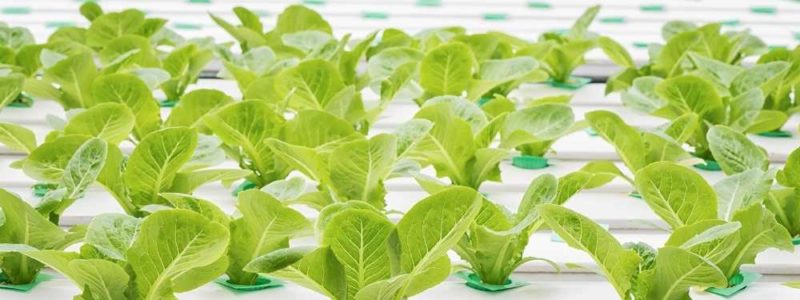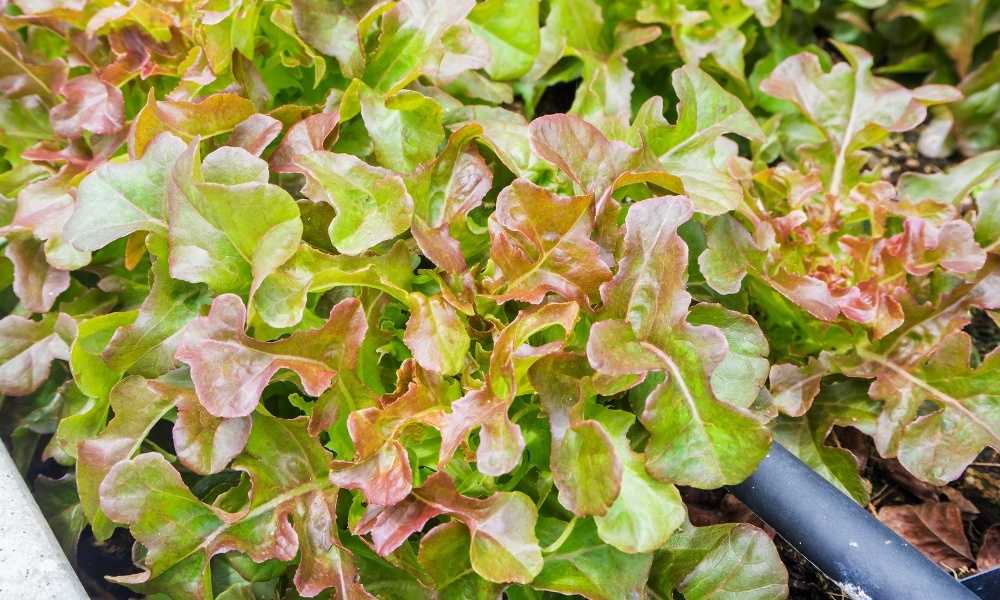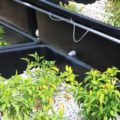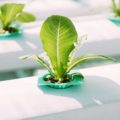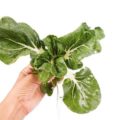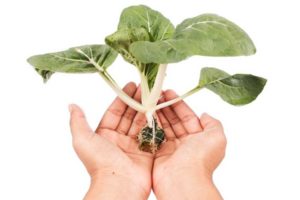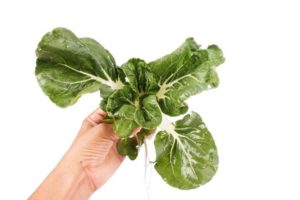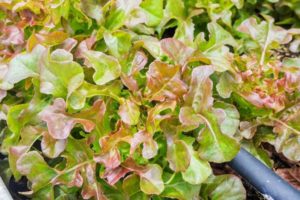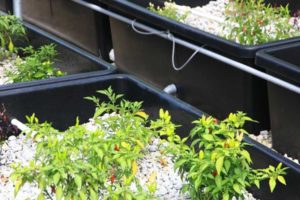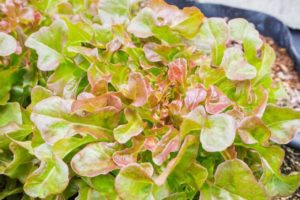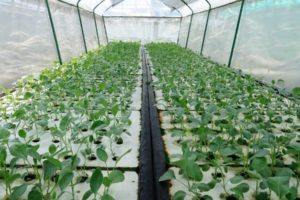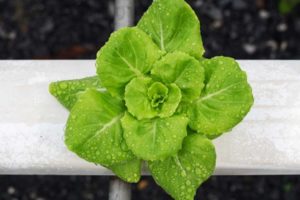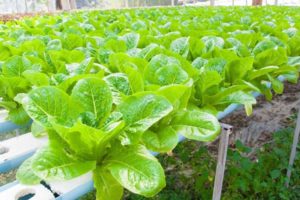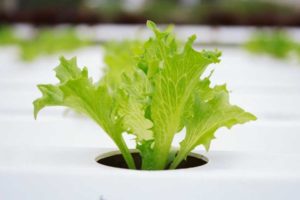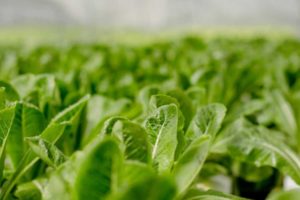Are you interested in finally trying aquaponics but are intimidated because of the set up? You may have seen the large tanks that are often used as tourist attractions, or you may think that the materials needed are expensive and rare. After all, they look so big and heavy.
While it is true that there are pre-made aquaponics systems on the market, not everyone welcomes the big expenses that come with them.
Don’t fret—do you know that with recyclable materials, you can have your own aquaponics set up in your own household? You don’t need to spend a lot and you don’t need that big a space.
Parts of the Set Up
You will need a fish tank or a used container made of glass or plastic. It can also be a barrel or even a bucket, as most beginners often start with.
Just make sure that it was used previously to hold things that were not toxic. Small fish aquariums, which are available in most pet shops, can also be used for a mini aquaponic system.
Just remember that the larger the tank is, the larger the grow bed area should be. You can allot 1-2 square feet of growing area for 10 gallons of tank water, which is also enough for one pound of fish.
A grow bed is also necessary because this will house the grow medium which will hold the roots of the growing plants. The grow bed can be as simple as wooden boxes (up to 10 inches in depth) lined with waterproof material.
For the grow medium itself, you can use gravel or coco coir. Some people even use perlite. You can also try combining the different options. Some aquaponic growers are already applying this technique.
In aquaponics, the plants filter the waste from the fish so there is no need to change the water all the time. The nutrients in the wastewater also act as the perfect fertilizer for the plants.
This is where the pumps come in. The pumps are important because they enable the cycle of the water from the tank to the grow bed and back again.
The setup of the pumps might look complex, but you can also make them yourself or ask help from friends with basic plumbing know-how. If the grow beds are above the tanks, the pumps can be placed at the bottom so the water can be spread over the grow beds.
If the grow beds are located below the tanks, the pumps can then collect the water that drains and bring it back. Install the necessary pipes for water distribution between the grow beds and the tanks.
Another critical component is the aerator or even an air pump to blow in air for the fish and plants. This will ensure proper oxygenation.
There are also optional components or accessories that you can add depending on your preference: a heater for the aquarium, lights for the fish tanks and even grow lights for the plants.
Steps to Follow
Place the grow medium at the bottom of the tank. Drill holes at the bottom of the grow beds so that the water will be able to flow into the tank. Don’t forget the hole for the water pump’s tubes.
Place the water pump inside the tank, with the grow bed on top. The tube should pass through the hole in the grow bed and should also loop inside.
When testing, make sure that the water is pumped into the grow bed then drains through the grow medium, and goes back to the tank. Don’t forget the air pump too — it should be connected to an air stone inside the fish tank. Check the whole set up for any sign of leaks.
Test the water and check the pH level to make sure it is not higher than 7.2. Also remember not to add your fish right away because chlorine is still present and might have negative effects, thus damaging the whole system.
Monitoring and Maintaining
Aside from feeding the fish daily, another task is the refilling of water every few days. The water can be replaced once every month.
Always remember that the aerator must be turned on 24 hours a day so just check it from time to time.
With aquaponics in the comfort of your household, you do not need to worry about pests or weeds. Since the system mirrors the natural relationship between plants and fish, you do not need to spend a lot of time farming.
You can just relax and let nature do its thing. Soon you will be able to harvest healthy fruits and vegetables.
It’s okay to start small before planning to set up a large system. You can also keep on learning more about aquaponics by reading up on the topic as well as exploring other options for your set up.
Even though your system is simple, you can already grow organic vegetables as well as healthy and clean fish. You can even earn from this small and cost-efficient system. A simple aquaponic set up is just the beginning of a new and healthier chapter of your life.

